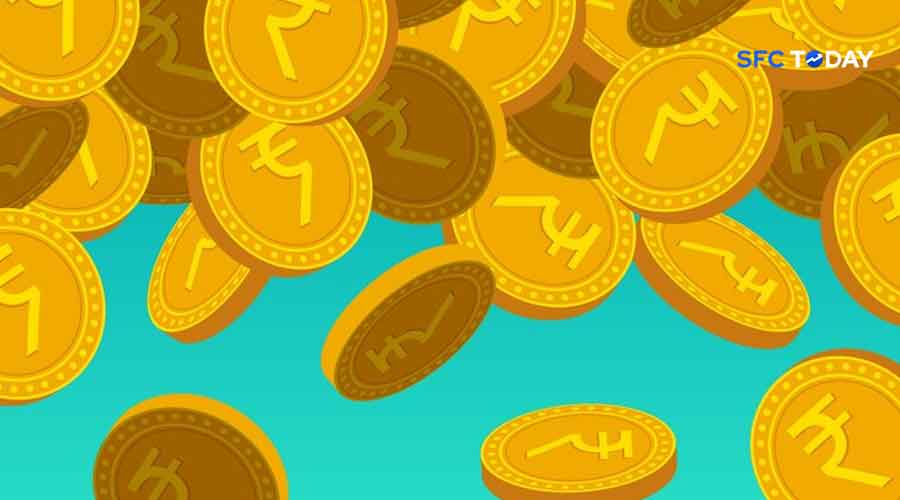Several key elements have influenced this downward trajectory, including global trade tensions and more
The Indian rupee has experienced a significant decline, reaching an all-time low against the U.S. dollar. On February 3, 2025, the rupee breached the 87 per dollar mark for the first time, closing at 87.1850 after touching 87.28 during the session. This depreciation has raised concerns about the underlying factors contributing to the rupee’s fall. Several key elements have influenced this downward trajectory, including global trade tensions, foreign fund outflows, domestic economic challenges, and policy decisions by central banks.
Global Trade Tensions
Recent global trade developments have significantly impacted the rupee’s value. U.S. President Donald Trump’s imposition of tariffs on imports from Canada, Mexico, and China has escalated fears of a global trade war. These tariffs include a 25% levy on Mexican and Canadian goods and a 10% charge on Chinese imports, set to commence on February 4, 2025. In retaliation, Canada and Mexico have announced their own tariffs against the U.S., further intensifying trade tensions. The uncertainty surrounding these trade policies has led to a sell-off in Asian currencies and equities, with the Indian rupee experiencing a notable decline.
Foreign Fund Outflows
Foreign investors have been withdrawing funds from Indian equities, contributing to the rupee’s depreciation. Concerns over slowing domestic growth and the potential for a global economic slowdown induced by trade tensions have prompted investors to seek safer assets. In January 2025 alone, foreign portfolio investors pulled out nearly $9 billion from Indian stocks and bonds. This capital flight exerts pressure on the rupee as demand for the U.S. dollar increases.
Domestic Economic Challenges
India’s domestic economic landscape presents additional challenges. The country faces a widening trade deficit, driven by higher import bills and subdued export growth. Elevated oil prices have increased the cost of imports, further straining the current account balance. Additionally, the Indian economy has shown signs of slowing growth, which diminishes investor confidence and contributes to the rupee’s decline.
U.S. Federal Reserve Policies
Monetary policy decisions by the U.S. Federal Reserve also influence the rupee’s value. The Fed’s recent stance indicates no immediate plans to cut interest rates, leading to a stronger U.S. dollar. A robust dollar makes other currencies, including the rupee, relatively weaker. Furthermore, U.S. economic policies under the current administration are expected to increase inflation and maintain higher interest rates, which could prolong the dollar’s strength and continue to pressure the rupee.
Reserve Bank of India’s Intervention Strategy
The Reserve Bank of India (RBI) has historically intervened in the foreign exchange market to stabilize the rupee. However, recent trends suggest that the RBI may be reducing its interventions, allowing the rupee to adjust in line with other currencies. This shift could lead to increased volatility and a weaker rupee in the short term. Analysts anticipate that the RBI’s approach under the new governorship of Sanjay Malhotra may involve greater flexibility in currency management, potentially resulting in further depreciation of the rupee.
The depreciation of the Indian rupee is the result of a confluence of factors, including global trade tensions, foreign fund outflows, domestic economic challenges, and international monetary policies. As these dynamics continue to evolve, the rupee may face ongoing pressure. Monitoring these developments will be crucial for policymakers, investors, and businesses to navigate the implications of a weakening rupee on the Indian economy.







